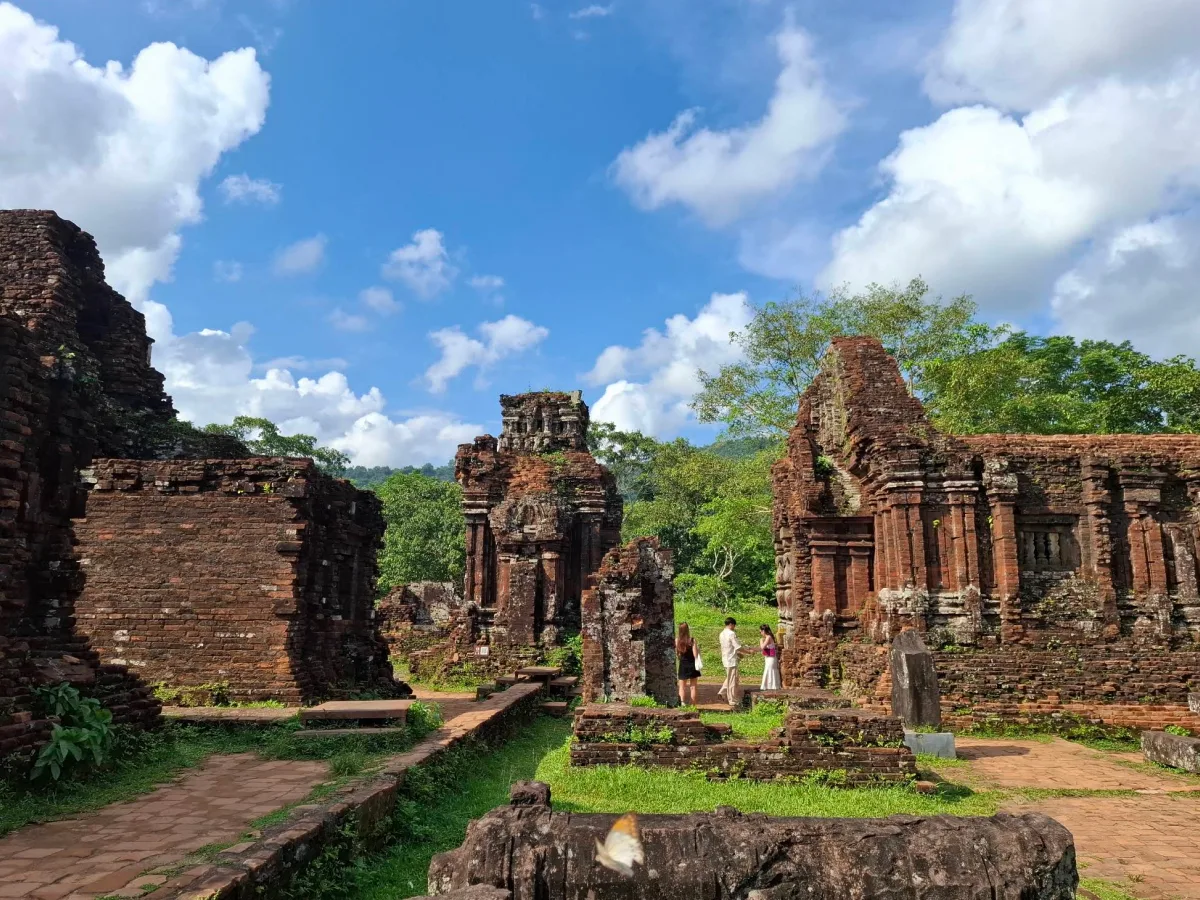
Top 8 Must-Visit Historical Sites in Vietnam
Vietnam is a land where history breathes through every stone and monument — from ancient dynasties and wars for independence to rich layers of cultural and spiritual heritage. Exploring these historical sites allows me not only to understand Vietnam’s past but also to feel the soul of its people through the centuries.
1. Hue Imperial City – The Royal Legacy
When I arrived in Hue, it felt like stepping back in time. The Imperial Citadel, with its moss-covered gates, royal palaces, and Nguyen Dynasty tombs, radiates an atmosphere of solemn grandeur.
A gentle boat ride along the Perfume River at sunset, passing the Truong Tien Bridge, made me feel deeply connected to the city’s royal past.
Highlight Experiences: Explore the Imperial City, visit Minh Mang and Khai Dinh Tombs, and savor Hue’s royal cuisine.
Travel Tip: Spend at least two days to explore the citadel and royal tombs.
Pro Tip: Hire a local guide to truly understand the architecture and fascinating historical stories behind each monument.
2. Thang Long Imperial Citadel – The Timeless Heart of Hanoi
Right in the capital, the Thang Long Imperial Citadel stands as a symbol of Vietnam’s thousand-year history. I wandered through ancient gates, admired relics, and imagined how emperors once ruled from this sacred ground. The quiet courtyards contrast beautifully with Hanoi’s bustling streets outside.
Highlight Experiences: Visit the archaeological site, explore the exhibitions, and attend cultural performances.
Travel Tip: Spend half a day to one full day here, preferably in the morning to avoid crowds.
3. My Son Sanctuary – Ancient Champa Civilization
Stepping into My Son felt like entering another world — the world of the ancient Champa Kingdom. The red-brick towers, covered in moss and surrounded by lush hills, tell stories of a once-mighty civilization deeply rooted in spirituality and art.
Highlight Experiences: Visit the temple clusters, enjoy traditional dance performances, and photograph the sacred ruins.
Travel Tip: Go early in the morning to avoid the heat; wear comfortable shoes and a hat.
4. Co Loa Citadel – The Spiral Fortress of Legends
Just outside Hanoi lies Co Loa, Vietnam’s oldest citadel, linked to the legend of King An Duong Vuong and his magic crossbow. Walking along the spiral-shaped ramparts, I felt a strong connection to ancient folklore and the origins of Vietnamese civilization.
Highlight Experiences: Explore the old walls, visit An Duong Vuong Temple, and learn about the myths of the Au Lac Kingdom.
Travel Tip: Half a day is enough for a relaxing visit — don’t forget to stop by nearby local cafés.
5. Dien Bien Phu Historical Site – Echoes of Victory
Surrounded by misty mountains, Dien Bien Phu embodies the resilience of the Vietnamese people. Walking through the old trenches, visiting the war museum, and standing on A1 Hill made me reflect deeply on the sacrifices of those who fought for independence.
Highlight Experiences: Visit the museum, war trenches, A1 Hill, and memorial sites.
Travel Tip: Spend at least one to two days to fully explore and understand this historical battleground.
6. Quang Tri Ancient Citadel – The Memories of War
Quang Tri carries both pain and pride. Crossing the Hien Luong Bridge over the Ben Hai River — once dividing North and South Vietnam — gave me chills. The ruins and exhibits here tell stories of bravery, endurance, and peace.
Highlight Experiences: Visit the Quang Tri Citadel, Hien Luong Bridge, and the war museum.
Travel Tip: A half-day trip is enough to absorb the historical atmosphere and reflect on the country’s past.
7. Ho Dynasty Citadel – The Stone Fortress of Thanh Hoa
Built in the 14th century, the Ho Dynasty Citadel impresses with its massive stone architecture. Standing before those giant limestone blocks, perfectly stacked without cement, I marveled at the engineering genius of an ancient era.
Highlight Experiences: Walk through the ancient gates, take photos, and learn about the Ho Dynasty’s brief but influential reign.
Travel Tip: Visit in the early morning or late afternoon for the best lighting and fewer visitors.
8. Hoang Sa Museum – Guardians of the Sea
Located in Da Nang, the Hoang Sa Museum is a tribute to Vietnam’s maritime history and sovereignty. I explored maps, ancient documents, and relics that tell the story of Vietnam’s brave sailors who protected these islands centuries ago.
Highlight Experiences: Visit the museum, explore the exhibits, and learn about the history of the Paracel and Spratly Islands.
Travel Tip: Spend half a day here to appreciate the collection and read the historical records carefully.
Conclusion
Vietnam’s history is not confined to textbooks — it lives on through its temples, citadels, and memorials. From the royal legacy of Hue to the ancient Champa ruins of My Son and the war memories of Dien Bien Phu and Quang Tri, every site tells a story of courage, faith, and identity.
Take your time to walk through these places, listen to their silent stories, and you’ll feel the heartbeat of Vietnam — a nation where the past and present beautifully intertwine.
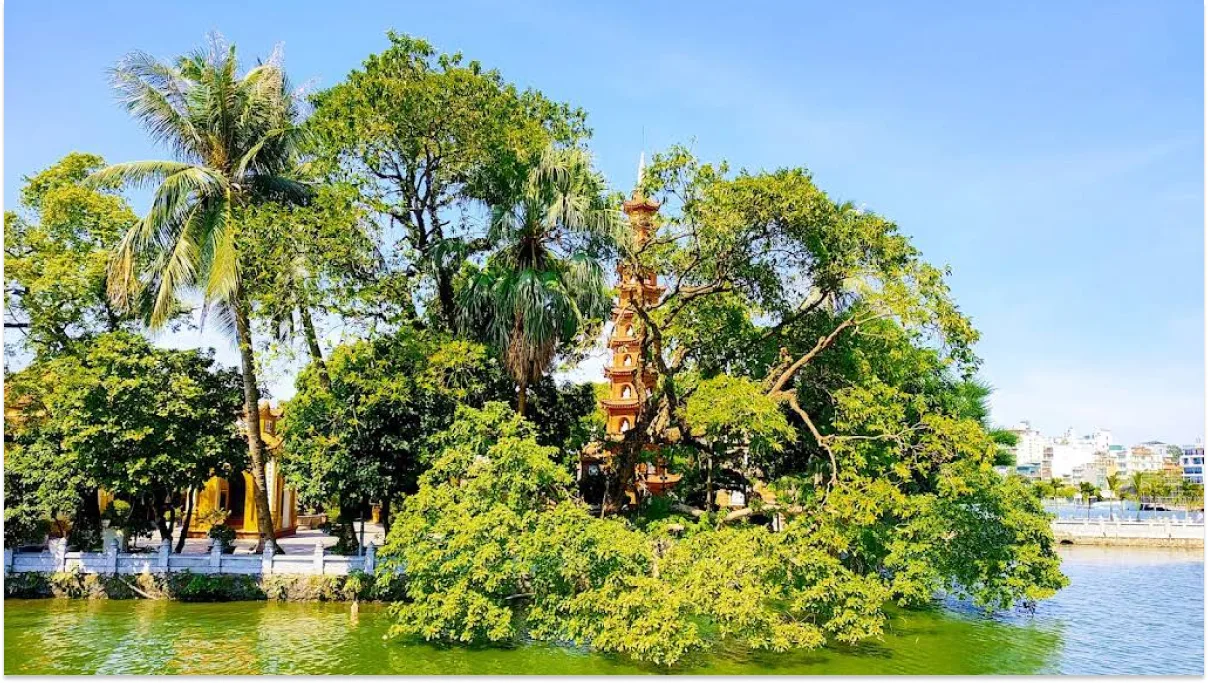
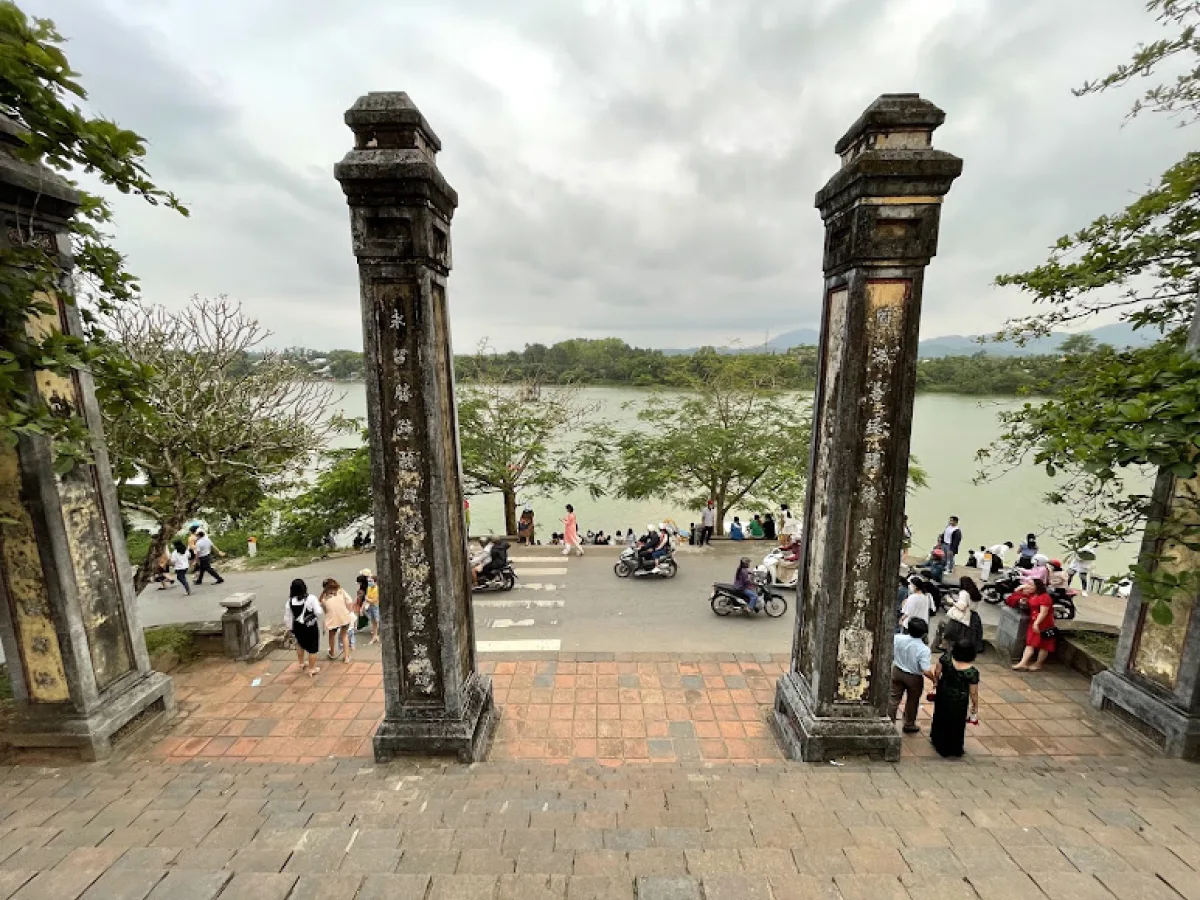
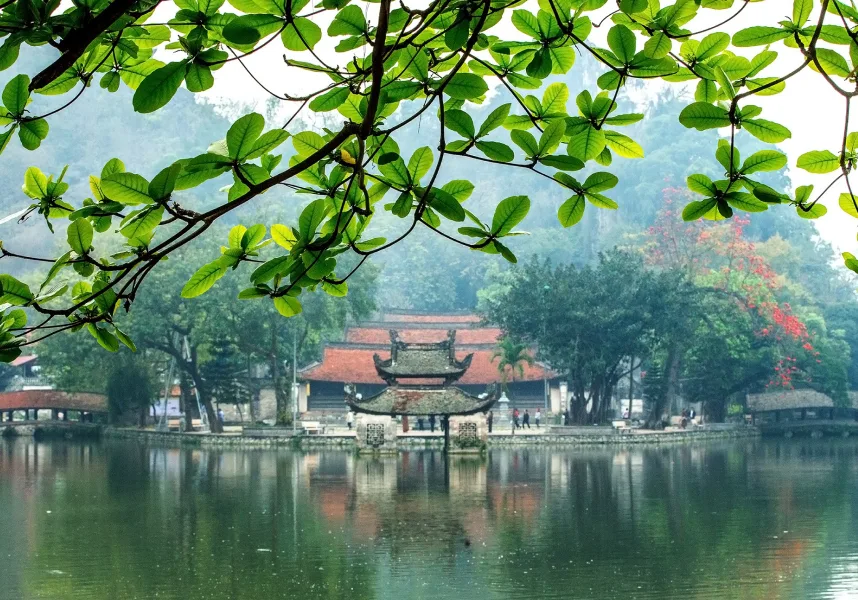
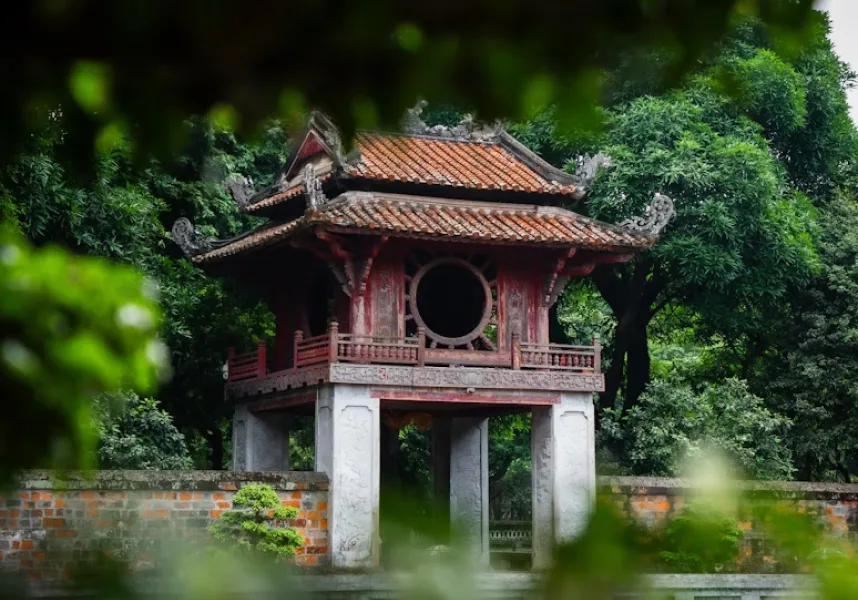
Comments (0)